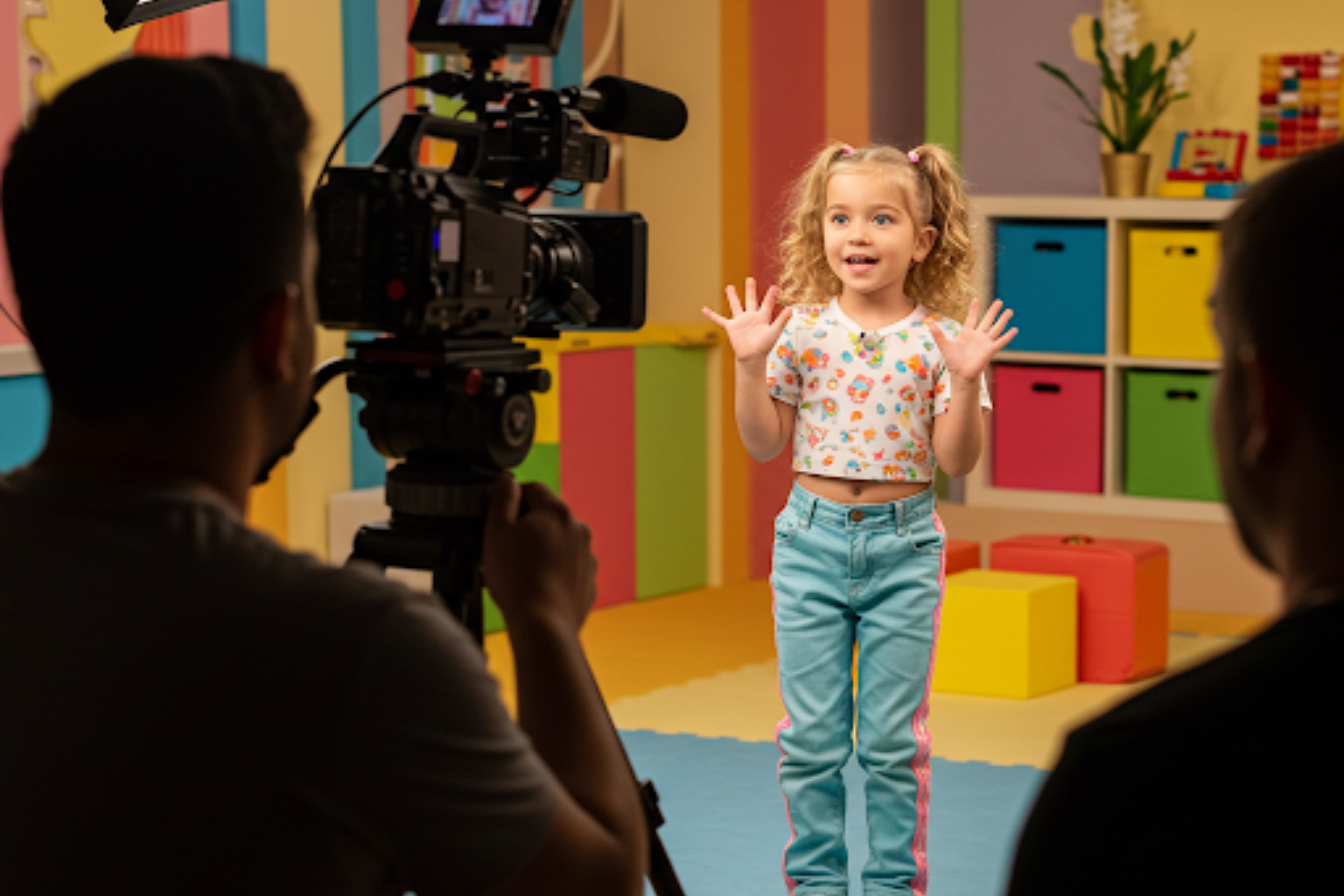The rise of social media has transformed the way we communicate, share, and even raise children. One of the most prominent trends is the emergence of child influencers—minors who gain fame, followers, and even income through platforms like Instagram, YouTube, and TikTok. While this can present exciting opportunities, it also raises important concerns about privacy, consent, and the long-term impact of exposure at such a young age.
In this article, we’ll explore the world of child influencers and the responsibilities parents and caregivers should consider to protect their children’s well-being.
1. What Is a Child Influencer?
A child influencer is a minor who has gained popularity and influence online, often through videos, photos, or sponsored content.
Examples of content include:
- Toy reviews
- Family vlogs
- Fashion and lifestyle posts
- Educational content for other kids
Their audiences can range from a few thousand to millions of followers.
2. Why Do Parents Create Social Media Accounts for Their Kids?
Many parents start social media accounts for their children with good intentions. It may begin as a way to share milestones with friends and family but can grow into a public platform if the content gains attention.
Common motivations include:
- Capturing memories
- Sharing parenting experiences
- Earning income through brand partnerships
- Showcasing the child’s talents
However, the transition from private sharing to public exposure is a critical turning point.
3. The Issue of Consent and Understanding
One of the most complex ethical concerns is that children often cannot fully understand or consent to having their lives shared online.
Why this matters:
- Young children can’t grasp the long-term implications
- Consent must be ongoing and informed, not just a one-time agreement
- Teens may later regret content shared when they were younger
Parents must consider whether their child would agree with the exposure if they were older.
4. Privacy and Security Concerns
Exposing children online increases the risk of privacy violations and even danger.
Key risks include:
- Sharing personal details (location, school name, habits)
- Attracting inappropriate or unwanted attention
- Possibility of identity theft or image misuse
Protecting a child’s digital footprint is essential for their safety.
5. The Psychological Effects of Early Online Fame
Gaining an online audience can be emotionally overwhelming—even for adults. For children, it can have long-term psychological effects.
Possible consequences:
- Pressure to always perform or be “liked”
- Anxiety or burnout from maintaining an online persona
- Difficulty distinguishing real-life identity from social media identity
Mental health must always come before metrics like views or followers.
6. Legal and Financial Considerations
Many countries lack clear regulations about child labor laws for social media. This raises concerns about income distribution and the child’s rights.
Important legal questions:
- Who owns the money earned through sponsored posts?
- How many hours are children allowed to “work” filming content?
- Is their money saved for the future?
Parents need to be aware of legal gaps and consider financial ethics.
7. Setting Boundaries for Healthy Online Exposure
Not all exposure is harmful. With clear limits and parental responsibility, it is possible to share content while respecting a child’s autonomy.
Healthy boundaries include:
- Never forcing a child to participate in content
- Allowing the child to say no to filming or photos
- Not sharing moments of distress or embarrassment
Let the child lead, not the algorithm.
8. Alternatives to Public Posting
Families who want to document memories or share with loved ones can explore private or limited-sharing options.
Alternative ideas:
- Private Instagram or photo-sharing apps
- Printed photo albums or family blogs with restricted access
- Cloud-based photo storage for personal use
There are many ways to preserve memories without exposing children publicly.
9. How to Educate Children About Their Digital Footprint
As children grow older, they should be included in conversations about social media and their online presence.
What to teach:
- How the internet “remembers” content forever
- The difference between public and private information
- How to recognize and report online risks
Digital literacy is an essential part of modern parenting.
10. The Importance of Putting the Child First
Above all, a child’s emotional, mental, and physical well-being must guide every decision about online exposure.
Ask yourself:
- Am I doing this for my child, or for myself?
- How would my child feel about this post in 10 years?
- Am I prioritizing attention or my child’s privacy?
Respect and protection should always come before popularity.
Final Thought: Fame Should Never Come at the Cost of Childhood
Social media can be a powerful tool, but it must be used responsibly—especially when it comes to children. Whether or not a child becomes an influencer, their childhood should be free from unnecessary pressure, unrealistic expectations, or the need to perform for strangers online.
Let’s protect their right to grow, learn, and make mistakes—without the entire internet watching.
